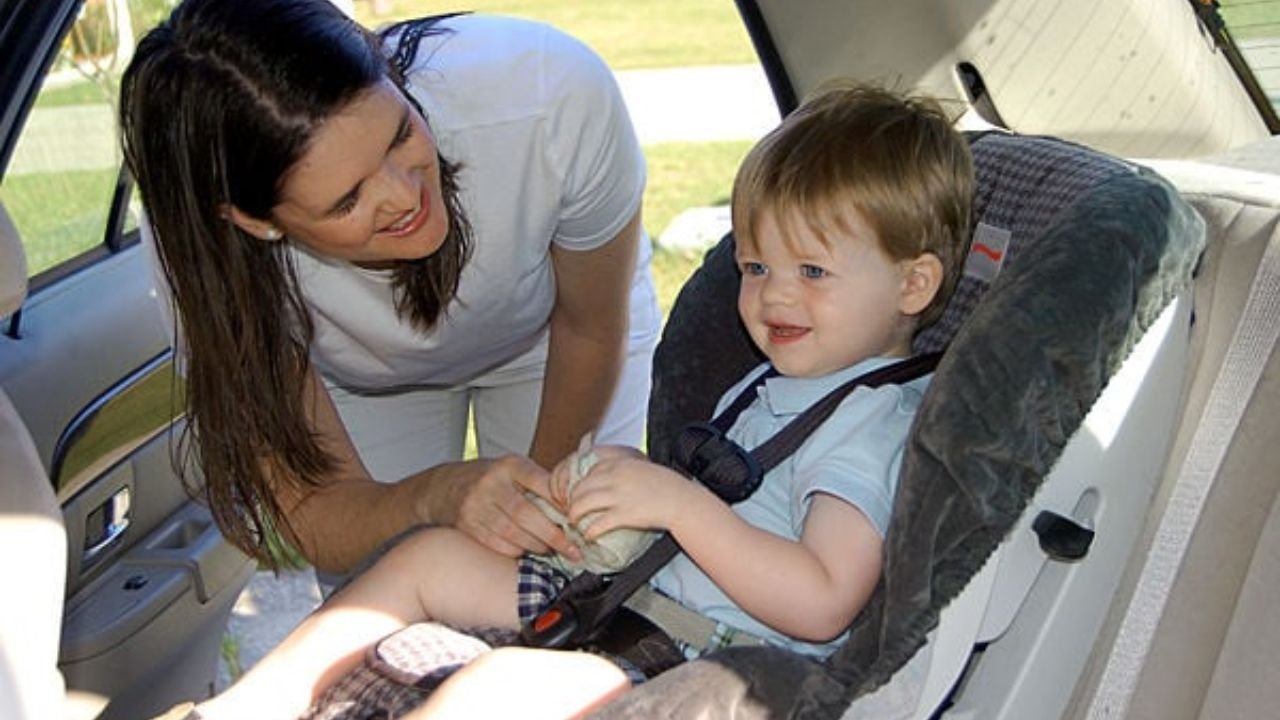South Carolina Parents Face Fines if Kids Aren’t in Booster Seats Until Age 8 — Here’s What Changed
COLUMBIA, S.C. — South Carolina has updated and clarified its child restraint law, requiring parents and guardians to use booster seats for most children under 8 years old. Though many drivers believe that turning 8 is the only requirement, state law actually demands more — including height and seat belt fit. The updates, now in focus for 2025, come as law enforcement and public health agencies step up enforcement and awareness.
What the Law Requires
According to South Carolina Code § 56-5-6410, any child from ages 4 to 8 must ride in a belt-positioning booster seat unless they meet two exceptions: being over 57 inches tall or weighing more than 80 pounds, and the vehicle’s seat belt must fit properly across the shoulder and hips.
The law also mandates that:
- Children under 2 must be in a rear-facing car seat until they exceed the seat’s height or weight limit.
- Children ages 2 to 4 must be in a forward-facing seat with a harness system.
- Children ages 4 to 8 who do not meet the height or weight threshold must be in a booster seat placed in the rear seat of the vehicle.
This information is outlined in a breakdown provided by the South Carolina Department of Public Safety, which enforces and promotes the law statewide.
The Reason Behind the Rule
Booster seats are designed to elevate children so that seat belts fit correctly — across the upper thighs and center of the chest. Without one, standard seat belts can cause serious harm in a crash, acting like blunt-force trauma across the neck or abdomen.
Data from the National Highway Traffic Safety Administration (NHTSA) shows that proper booster seat use reduces the risk of serious injury by 45% for children aged 4–8. Meanwhile, a South Carolina-focused analysis by the Children’s Law Center at the University of South Carolina highlighted that improperly restrained children were five times more likely to suffer head and spinal injuries in accidents.
Penalties for Violations
Drivers who fail to comply with the child restraint law face a civil fine of $60 per child, and police may stop any vehicle if they suspect a child is not properly restrained. While the fine may seem minor, some counties add court costs and administrative fees, pushing the total up to $100 or more.
Repeat offenses may lead to the court requiring a certified child safety course or imposing additional consequences, particularly if injuries result from noncompliance. Law enforcement across the state has been directed to treat booster seat violations as part of broader road safety initiatives, especially near school zones.
Enforcement in 2025: Expect More Checkpoints
In 2025, the South Carolina Highway Patrol is increasing the frequency of roadside checks and school zone patrols focused on seat belt and booster seat compliance. Several agencies are participating in Child Passenger Safety Week, scheduled for late September, where certified technicians offer free seat inspections and educate parents on proper seat installation.
One such initiative, hosted by the Lexington County Sheriff’s Department, includes monthly checkpoints where officers not only check for violations but also distribute booster seats to families in need. These efforts are supported by grant funding through the National Child Passenger Safety Board.
Proper Use and Common Mistakes
Even when parents use booster seats, errors in positioning and belt fit are common. The lap belt should lie snug across the upper thighs, not the stomach, and the shoulder belt should rest across the chest, never the neck or arm.
Another common mistake is placing the booster in the front seat — a practice that violates the law unless the vehicle has no rear seat or all rear positions are already occupied by younger children. As noted by child safety advocates at Safe Ride 4 Kids, improper booster seat use can be nearly as dangerous as no booster at all.
What Parents Should Do Right Now
To stay in compliance and maximize child safety:
- Check your child’s height and weight against booster seat requirements.
- Inspect your booster seat installation, using manufacturer guidelines and NHTSA safety checklists.
- Visit a certified car seat technician or participate in a local safety event for free guidance.
- Avoid letting children “graduate early” to seat belts based on age alone — fit is what matters.
Resources like the NHTSA Car Seat Finder Tool can help families choose the correct seat type for their child’s stage.
Have you ever gotten a ticket for a booster seat violation — or realized your child’s seat was installed incorrectly? Let us know at SaludaStandard-Sentinel.com. Your feedback could help other parents avoid mistakes and keep their children safe.







